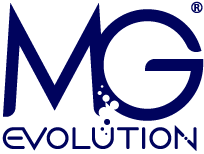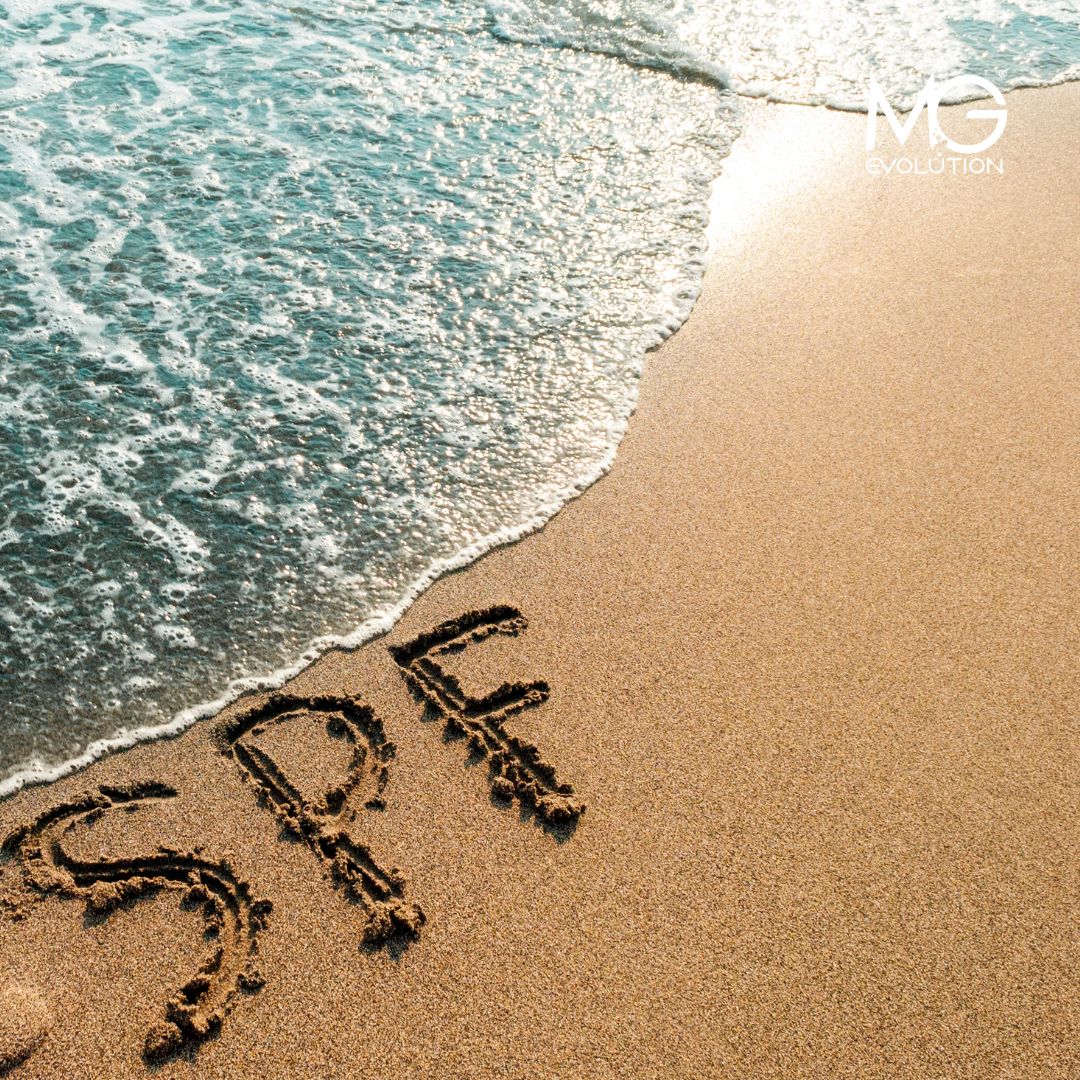Labels such as “water-resistant” or “very water-resistant” are increasingly common on sunscreen packaging. For consumers, especially during the summer months when swimming and outdoor activities are more frequent, this information is essential. However, it’s important to understand that this is not just a marketing slogan. It is a functional claim that, under European regulations, must be verified through appropriate testing and documented clearly and transparently.
Water Resistance Under the Law
According to the guidelines set by Cosmetics Europe and current EU regulations, a cosmetic manufacturer cannot arbitrarily label a product as water-resistant. This claim must be substantiated through testing that adheres to established standards, specifically:
🔹 ISO 16217:2020 – an in vivo testing method involving the exposure of volunteers’ skin to water and the analysis of how much the sunscreen’s effectiveness diminishes after immersion.
🔹 ISO 18861:2020 – a standard that quantifies the percentage loss in SPF protection after water exposure.
Meeting these standards allows the manufacturer to legally apply the following claims on the product:
🔹 “Water-resistant” – if the SPF protection is maintained for at least 40 minutes of water immersion.
🔹 “Very water-resistant” – if protection is maintained for at least 80 minutes.
What Is Required of the Manufacturer?
Developing the product formula is just the beginning. To safely and legally use the “water-resistant” claim, a manufacturer must:
🔹 Conduct water resistance tests in an accredited laboratory in accordance with the above ISO standards,
🔹 Ensure the product is labeled in compliance with the latest Cosmetics Europe guidelines (June 2023 edition),
🔹 Collect and maintain complete test documentation and analysis within the Product Information File (PIF) and Safety Assessment Report,
🔹 Confirm that the water-resistance claim is not misleading to consumers, in line with Article 20 of Regulation (EC) No. 1223/2009.
Failure to meet these requirements may result in accusations of illegal product labeling and the necessity to withdraw the product from the market.
MG Evolution – End-to-End Regulatory Support
At MG Evolution, we understand how demanding the process of developing an effective, safe, and legally compliant sunscreen product can be. That’s why we offer full support to manufacturers at every stage of creating SPF cosmetics, including:
🔹 Formulation of water-resistant products – using well-balanced emollients, film-forming polymers, and UV filters,
🔹 Coordination of SPF and water-resistance testing in certified research centers,
🔹 Preparation of comprehensive documentation, including PIFs, safety reports, and product labels,
🔹 Verification of label claims to ensure compliance with EU legislation and industry recommendations.
Our mission is not only to create innovative products but, above all, to ensure their safety and legal compliance. We know how crucial consumer trust is—especially in the sun care segment, where the product’s effectiveness can directly impact skin health.
The “Water-Resistant” SPF Claim
The “water-resistant” label on an SPF cosmetic is not a promotional tagline—it is a manufacturer’s commitment, backed by scientific testing and documentation. In today’s environment of growing consumer awareness and tightening regulations, every detail matters—from the formulation to testing and labeling.
You can develop all your safe and compliant cosmetics with MG Evolution®. Together, we create products that meet both market expectations and the highest regulatory standards.




